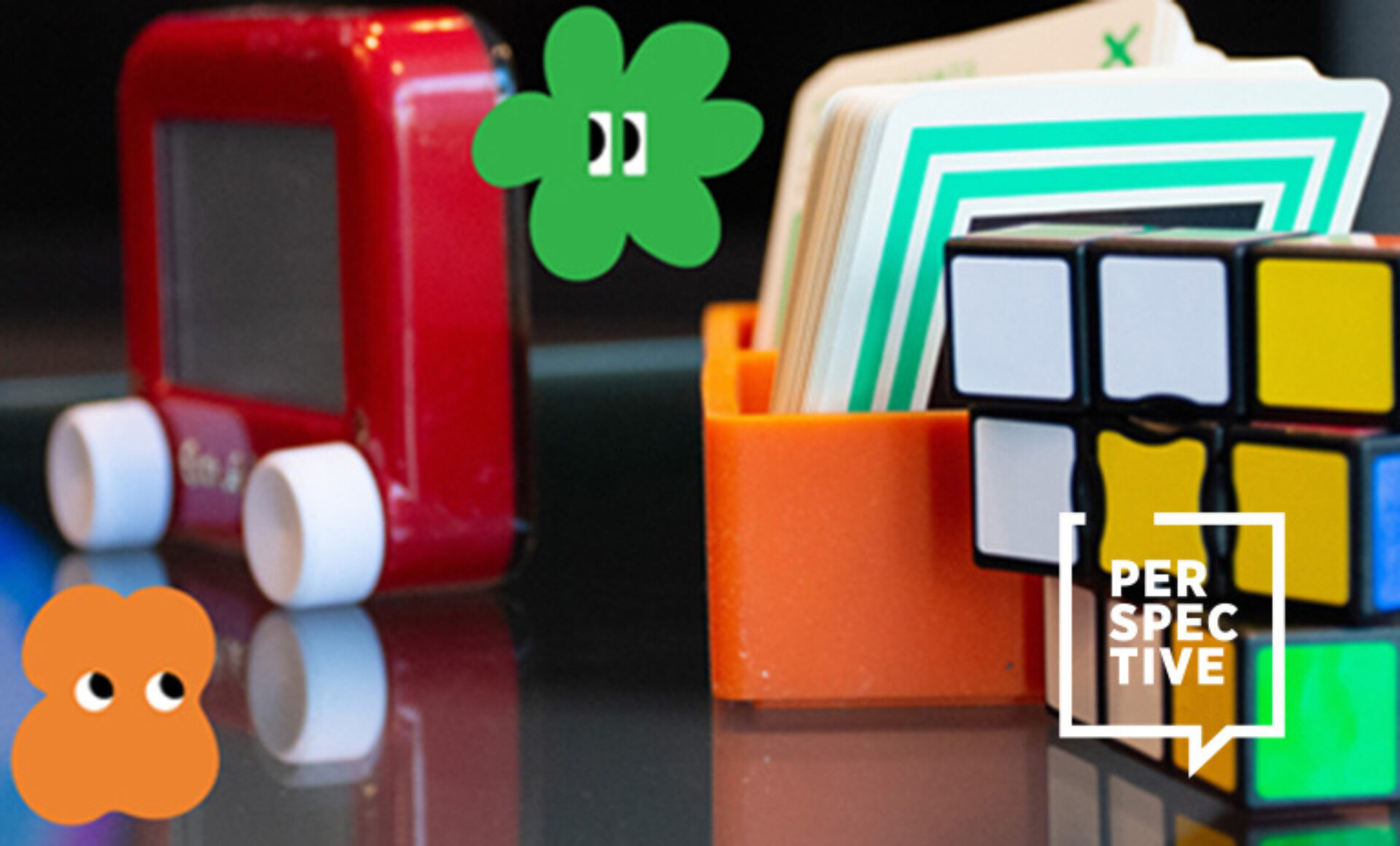Months of protests around the world have sparked a much-needed conversation around racial discrimination, including a call for change in longstanding workplace inequities. A 2020 study by Quantum Workplace found 61% of employees ranked diversity and inclusion strategies as essential in the workplace.
Achieving greater diversity in race, ethnicity, and gender is particularly pressing within the design industry. Although 69% of interior design practitioners are women, female leadership at design firms is only 25%. Only 36% of newly licensed architects are women—and of that, a mere 2% are Black, according to IIDA.
For a snapshot of how the topic has evolved among employees, clients, and within the design community, we spoke with Gabrielle Bullock, IIDA, FAIA, NOMAC, principal and director of global diversity at Perkins and Will, Los Angeles; and Angie Lee, IIDA, AIA, partner and design director of interiors, FXCollaborative Architects, New York.
Gabrielle Bullock: Instead of diversity and inclusion, the focus now is on justice and equity in order to achieve diversity and inclusion. Diversity is inviting someone to the party. Inclusion is asking them to dance. And equity is asking them to share their playlist.
Certainly, representation is key. But you can’t just create a more diverse profession overnight. So what can we do in the meantime? Historically, we have designed with a Western, Eurocentric approach that doesn’t necessarily represent the communities we design for. Cultural competency as a way to approach design is therefore becoming very important.

Angie Lee: We’re getting better at understanding the need for real talk that involves specific definitions about who is a person of color. For instance, people in my close circles didn’t realize that I’m one of those people. We’re also beginning to understand that the intersections of creed, race, ethnicity, and gender are intricately varied, and that those intersections will change the rules of conduct ever so slightly for each of us.
GB: Here at Perkins and Will, we’re doing a lot of firm-wide education around structural racism and how it shows up in the built environment through policy and planning with things like redlining. Before, we said, “That’s not in our lane.” Now we’re saying, “Let’s challenge the status quo in everything we do. Is it fair? Is it equitable? If not, how can we guide our clients to focus on those barriers to provide a more authentic, intentional design solution that meets communities where they’re at?” We need to go beyond “do no harm.” We did it with sustainability. Now we must do it with justice and equity.
AL: Recasting the role of the designer beyond that of diplomat, consensus builder and all-knowing synthesizer is critical. We need to evolve as empowered storytellers and become more than just recyclers of safe anecdotes and design punchlines.
Culture, race, and ethnicity are not monolithic. Extracting hidden stories takes a growth mindset. For example, one of my design teams recently attempted to embolden a building’s façade by utilizing a gorgeous green cladding inspired by a biophilic homage that resonated for the interiors, but made the exterior of the building resemble many religious structures for our Chinese clients. It was an awkward moment that I welcomed. Not only did it provide a new cultural insight for the designers, but it also drove home the point that diversity requires a deeper dive past optics and checking the box of having people of color in the room.

Think about design principles that validate supposedly universal sensory goals, like the smell of coffee in the office pantry. Although they’re safe to use in a design narrative, they also stigmatize foods from non-Eurocentric cultures. I, for example, am a first-generation Korean American immigrant who went through a deeply immersive assimilation process from an early age. I once rode the elevator with a white colleague who was bringing a kimchee stew back to her desk for lunch. The fact that she was able to embrace a part of my cultural heritage that I had learned to minimize was revelatory and perhaps liberating, but also a shock to the system given the disparity of privilege between us. The unlearning of cultural shame is a difficult process.
GB: I would add that most designers and firms are looking to the long game. For instance, there’s a lot of interest and action around making the profession more accessible, particularly to youth of color and women. The National Organization of Minority Architects has a diversity challenge to double the number of African American architects by 2030. The interior design profession could do the same thing. Because if you don’t have a target, you’re likely not going to get there. This is not a moment in time. It needs to be a movement that leads to a new future.

Image courtesy of FXCollaborative

Image courtesy of FXCollaborative
Lead image Asia Society Office, courtesy of FXCollaborative






